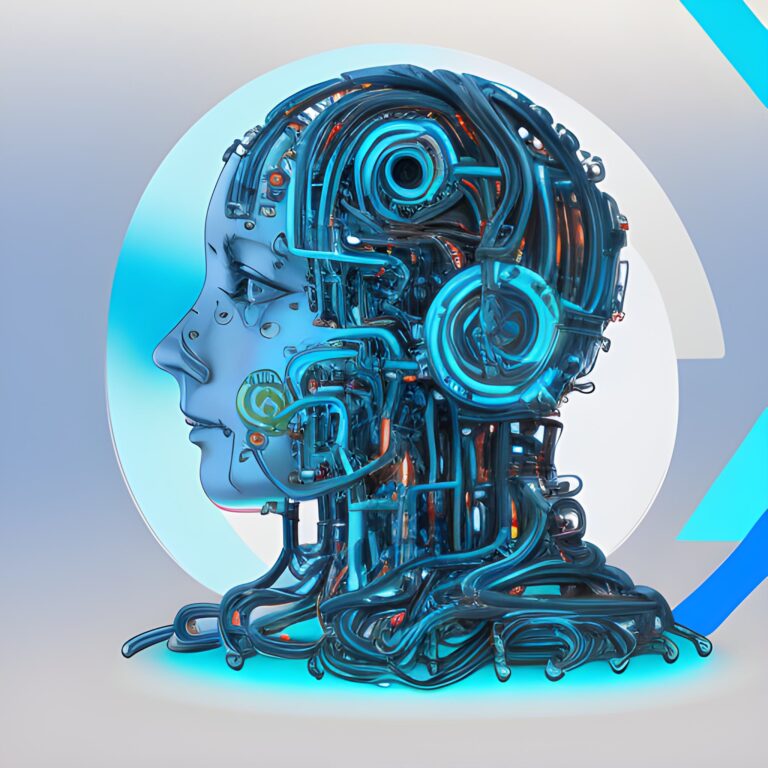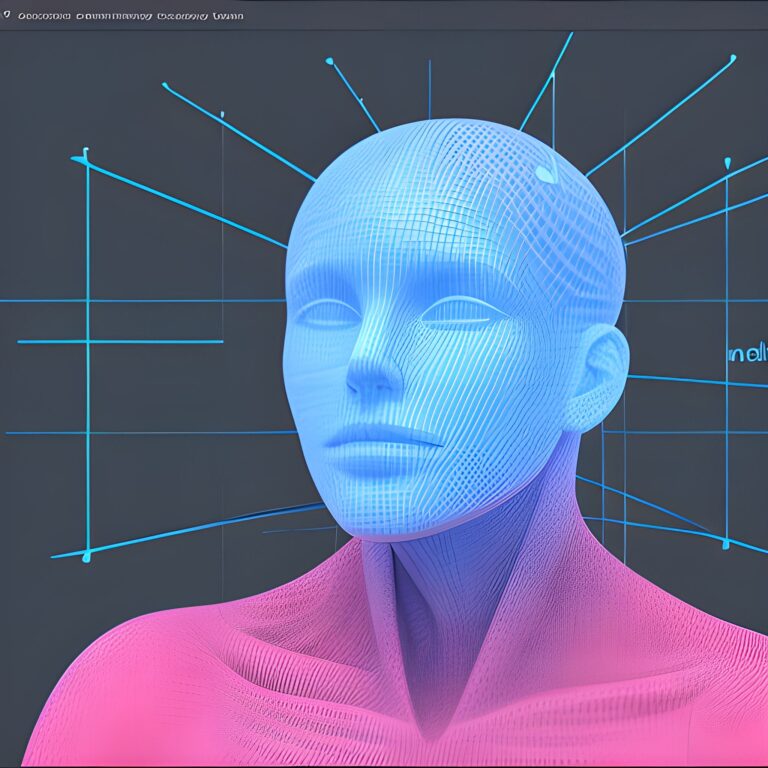Unlocking Nature’s Secrets: Decoding Animal Communication through AI and the Earth Species Project

The Earth Species Project (ESP) continues to harness the power of artificial intelligence (AI) to decipher animal communication, marking a new era of discovery and understanding of Earth’s diverse species. With the help of AI, researchers can now explore previously inaccessible aspects of the animal kingdom, ultimately improving conservation efforts and deepening our understanding of the planet’s complex systems.
Founded six years ago, the Earth Species Project aims to utilize AI to enhance our comprehension and communication with the countless species inhabiting our world. By developing tools to aid animal behavior researchers, the organization is also contributing to more effective conservation strategies. The team behind ESP hopes that by gaining a better understanding of the creatures around us, we can protect the planet and ultimately learn more about ourselves.
Using advanced AI tools like generative AI and large language models, the Earth Species Project aims to tackle the unstructured data problem inherent in understanding animal communication. Unlike most AI applications, deciphering animal communication lacks a basic ground truth, making it a unique challenge. To address this issue, ESP is collaborating with scientists and researchers across the globe to create benchmarks and foundation models for a variety of species, such as whales, seals, dolphins, crows, and numerous birds. The organization is also partnering with animal labs to conduct early communication experiments.
The Earth Species Project’s work intersects with the broader environmental and technological movements that have been increasingly influential in recent decades. As humanity grapples with the impacts of climate change and carbon emissions, the hope is that technology can help us avert a climate catastrophe.
In terms of animal communication, there is no comprehensive “Rosetta Stone” to decode animals’ conversations. However, decades of knowledge accumulated by animal researchers have provided valuable insights. AI’s ability to recognize patterns in data and find structure in unstructured information makes it an ideal candidate for exploring the intricacies of animal communication. By analyzing data such as sounds, motion, and video collected from animals in the wild or in captivity, the Earth Species Project can uncover meaning and potentially enable two-way communication between humans and animals.
Inspired by early research on natural language processing models, the Earth Species Project utilizes machine learning to transform semantic relationships into geometric relationships. By examining the geometric shapes of different languages, researchers can identify patterns that may be the key to unlocking animal communication. ESP is building on existing research in the human domain to create models that work with various species, such as bats and whales. This comparative approach to science is essential for advancing our understanding of the animal kingdom.
Artificial intelligence is fundamentally data-driven, and before the Earth Species Project can translate animal vocalizations, it must first organize and make sense of its data. This process begins by setting benchmarks, which provide the goals and parameters for AI to achieve success. ESP has recently developed the Benchmark of Animal Sounds (BEANS) and the Animal Vocalization Encoder (AVES), the first-ever benchmark for animal vocalizations and the first-ever foundation model for animal vocalizations, respectively.
Partnerships with over 40 biologists and institutions are crucial for data collection and for advancing the field. By working closely with partners, ESP can contribute to the benchmark and track the progress of algorithms over time. The organization is also helping partners design new experiments and data collection methods to establish a feedback loop.
As the Earth Species Project progresses in data collection, benchmark development, and foundation model creation, the possibility of human-animal communication comes closer to reality. However, ethical concerns must be addressed, as the potential for disrupting animal behaviors, such as hunting, foraging, and mating, exists. ESP is actively engaging with biologists, scientists, and researchers to ensure the responsible use of AI in animal communication.
The Earth Species Project’s ambitious endeavors to understand and communicate with the animal kingdom hold immense potential for both science and conservation efforts. As we move closer to the possibility of two-way communication between humans and animals, the benefits are numerous and far-reaching. From enhancing our understanding of animal cognition to developing more effective conservation strategies, the insights gained through this project could have profound implications for the future of our planet.
One of the significant benefits of understanding animal communication lies in its potential to improve conservation initiatives. By comprehending the signals and behaviors of endangered species, researchers can design more targeted and effective conservation programs. For instance, understanding the migratory patterns and mating calls of whales could aid in protecting them from ship collisions, fishing nets, and other human-induced threats.
Furthermore, unlocking the secrets of animal communication may provide insights into the ways animals adapt to their environments and how they react to changing conditions. As climate change continues to alter ecosystems worldwide, the ability to predict and understand the impact on animal populations becomes increasingly crucial. This knowledge will not only help us protect these species but also better comprehend the broader implications of climate change on Earth’s ecosystems.
In addition to the potential environmental benefits, understanding animal communication can also foster a deeper appreciation for the incredible biodiversity that exists on our planet. By decoding the languages of other species, we may begin to grasp the complex web of inter-species interactions and dependencies, leading to a more profound understanding of the natural world.
The Earth Species Project’s work in deciphering animal communication may also shed light on human language development. By examining similarities and differences between animal and human communication systems, researchers can learn more about the evolution of language and cognition in our own species.
While the potential benefits of understanding animal communication are vast, it is vital to approach this research with caution and respect for the natural world. The ethical concerns surrounding human-animal communication must be considered, ensuring that any interaction with animals is done responsibly and with minimal disruption to their behaviors and habitats.
{
"seed": 3936012984,
"used_random_seed": true,
"negative_prompt": "",
"num_outputs": 1,
"num_inference_steps": 75,
"guidance_scale": 7.5,
"width": 512,
"height": 512,
"vram_usage_level": "balanced",
"sampler_name": "euler",
"use_stable_diffusion_model": "Dreamshaper_3.32_baked_vae_clip_fix",
"use_vae_model": "vae-ft-mse-840000-ema-pruned",
"stream_progress_updates": true,
"stream_image_progress": false,
"show_only_filtered_image": true,
"block_nsfw": false,
"output_format": "jpeg",
"output_quality": 75,
"output_lossless": false,
"metadata_output_format": "json",
"original_prompt": "Decoding Animal Communication through AI, deepleaps.com",
"active_tags": [
"Canon50",
"Cinematic",
"Excited",
"Detailed and Intricate",
"Digital Art",
"Realistic"
],
"inactive_tags": [],
"use_upscale": "RealESRGAN_x4plus",
"upscale_amount": "4",
"prompt": "Decoding Animal Communication through AI, deepleaps.com, Canon50, Cinematic, Excited, Detailed and Intricate, Digital Art, Realistic",
"use_cpu": false
}







